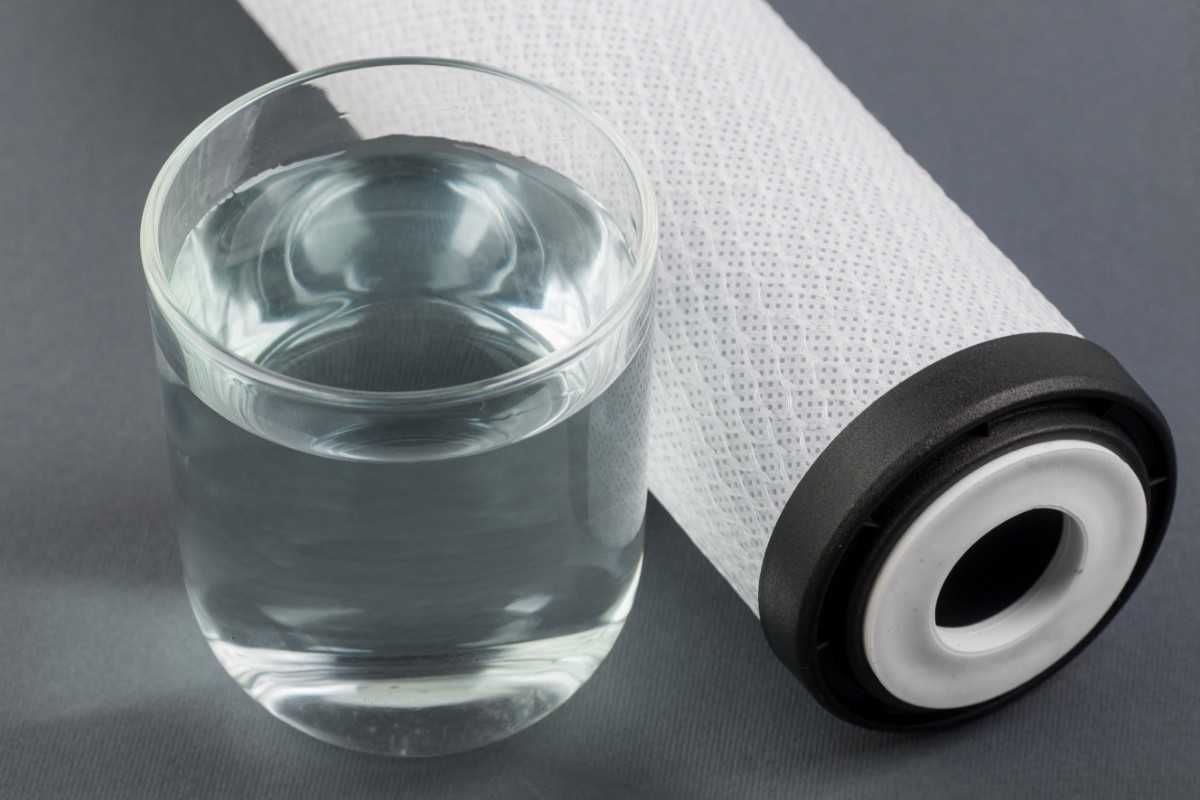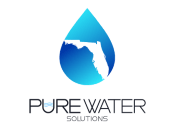How to Maintain Your Reverse Osmosis System for Long Life
The reverse osmosis system stands as an affordable option that provides safe and purified drinking water. Regular inspection of your R/O system provides both effectiveness and extended lifespan performance. Regular maintenance prevents blockages, which reduces membrane efficiency and stops bacteria growth while maintaining all components' proper operating conditions. This blog covers the fundamental requirements for sustaining your RO system at its highest operational capacity throughout numerous years.
Changing Filters Regularly
RO systems have multiple stages of filtration, but each filter needs to be replaced in due time. Not maintaining your filters will damage both water quality and system performance. A six- to twelve-month replacement plan for sediment filters ensures both their operation and the protection of the RO membrane against fouling.
Depending on the water quality, the carbon filter and the chlorine removal function should be replaced every six to twelve months. The membrane, as the core of the RO system, lasts two to three years since it removes dissolved solids and impurities. Water quality parameters and adequate filter maintenance schedules determine the RO membrane's stability.
Cleaning the System Periodically
The periodic cleaning process, together with sanitization protocols, prevents bacterial accumulation, which ensures clean water output. One should rinse the system with clean water before installing new replacement filters to remove any accumulated debris.
The annual sterilization of the RO storage tank requires either commercial system sanitizer solutions or diluted bleach treatments following manufacturer directions.
Regular cleaning of tubing along with other components is necessary to prevent microbiological infections. The process of system re-filtering should include a thorough rinse to ensure no dangerous materials enter the purified water stream.
Checking for Leaks and Drips
An RO system leak can occur due to loose connections, worn-out O-rings, or cracked tubing. Regular inspection of the system helps identify any visible leaks. Any loose fittings should be tightened immediately to prevent water wastage and potential damage to the system.
Additionally, faulty components should be replaced promptly to ensure smooth operation. Ensuring that filters and membranes are correctly installed can also help avoid improper sealing, which could lead to leaks or reduced system performance.
Replacing the Storage Tank if Needed
The RO storage tank maintains purified water under pressure as its primary function. The bladder that exists within the storage tank often shows degradation signs that cause water flow reduction with time. A decrease in purified water output requires a tank pressure examination even when filter and membrane replacements keep occurring.
The pre-charge pressure of a functioning storage tank should fall within 5 to 8 psi when the tank is empty. The tank replacement becomes necessary to maintain system efficiency whenever it loses its ability to maintain pressure or shows any signs of failure.
Getting Professional Servicing Annually
Even with routine maintenance, some problems may necessitate professional evaluation. An annual service by a skilled technician can assist in uncovering concealed leaks, clogged pipes, or pressure imbalances that may not be visible during normal inspections.
Professionals may also ensure that all components, such as check valves and flow restrictors, are operating properly. Furthermore, professionals do thorough cleaning and sanitization to eliminate bacterial growth, increasing the system's effectiveness and longevity.
Conclusion
The regular cleaning of your reverse osmosis system components will extend their operational lifespan and continue to provide clean water output. A reliable reverse osmosis system functions best with regular filter maintenance and cleaning steps, proper pressure regulation, and annual component check-up routines. The reverse osmosis system you operate will continuously deliver clean water throughout multiple years of service.


















